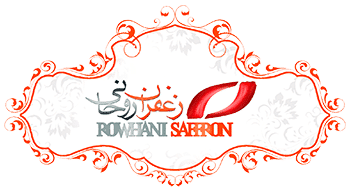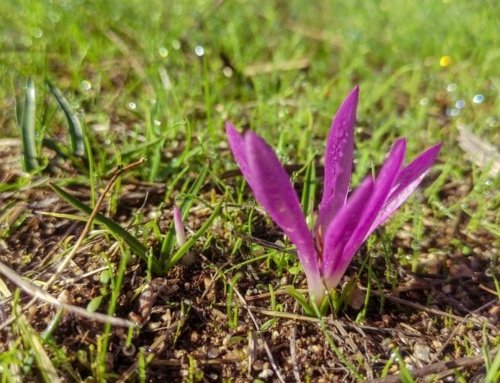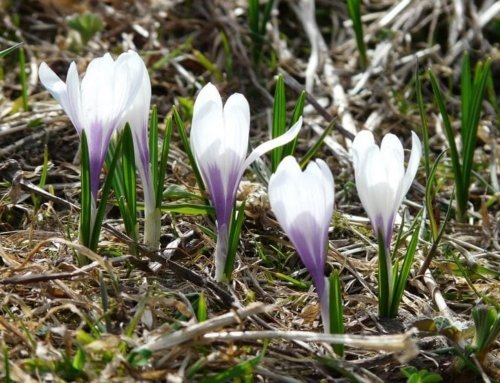5 Know about saffron
The saffron plant is a herb of the herb family that has been known since ancient times and has been used for oral and medicinal purposes. Its beautiful and purple flowers are picked up in the autumn, in the morning before dawn, and then the red stool is removed and dried.
Today, Iran is the largest producer of saffron in the world, most of which grows in Khorasan. For traditional medicine, saffron has a warm, dry nature and has properties like pleasing force, tonic, astringent, oppressive stomach (stomach), nose (head), liver, and appetite suppressant and stomach acid.
Also, if saffron is consumed with honey, it will repell the kidney stone. Saffron can be taken in a variety of ways, including sniffing, to relieve severe headaches and insomnia.
Authorized amount of saffron consumption
The use of saffron in any form and in any product is allowed up to a day at least one tenth of a gram for an adult. In the pharmaceutical use, the authorized amount is not more than 1 g. Eating more than 3 grams of saffron can lead to severe bleeding, abortion and sometimes death. Of course, there are reports in the world that 5 to 9 grams of saffron have been consumed as a result of mortality.
Saffron is replaced?
In our culture, Iranians in most foods and sweets, saffron is the main spice and is used as a fragrant, flavoring, and colorant, but since it is very expensive, it is possible to use foods other than dyes, especially nourishing foods, instead of using them. To be Safflower and turmeric are the closest colors to golden yellow saffron, and one of the most important cheats in this area is selling safflower instead of saffron.
In some cases, the mixture of safflower and saffron is sold. However, in many countries, safflower, known as “American Saffron”, is available to consumers. The plant, in terms of composition and works, is completely different from saffron and looks just like it; strings similar to saffron (3-4 centimeters) and shorter (2 centimeters).
In many parts of the world, safflower is used instead of saffron. Although the herb has somewhat sedative properties, it does not smell the saffron and, if consumed excessively, can damage and damage the liver tissue.
Taking Saffron
Keep the saffron in a dark, dry, cool place away from light and moisture. The best container for storing saffron is primarily metal containers, and then glass dishes are colored. Plastic containers are not suitable for maintenance because they reduce the essential oil and quality of saffron in a short time. It’s best to powder it when taken.
If the saffron is used as a powder, it will give more color. For better powdering saffron, it is also best to mix it with marble masonry made from marble. Saffron storage is important because, if stored improperly, over time, its essential oil evaporates and its medicinal effects and taste It is reduced and its quality is lost.
Identify the main saffron
Detection of the main saffron from the saffron stigma is the simplest method, since the branches of the saffron straw are three branches and the upper part is horny, the lower the thinner, but if the saffron is fermented, it can only be detected by laboratory devices.
If the saffron claws are very shiny, you should skip it and send it to the lab.
The corn is straight, but the saffron flag has a curvature.
Put saffron pieces on the butane gas. In this case, pure saffron comes in violet or orange, which is related to potassium, but in the case of fake yellow saffron.
If you put the saffron blades between the paper and press it slightly, you should not leave any fat stains. If so, it’s likely that saffron is counterfeit.
The color of the saffron blades is insoluble in gasoline, that is, if we put saffron tar in gasoline, it should not color the gasoline.
If you put some saffron in a glass of boiling water, after about 5 minutes, the color of the blade should not be white; if so, saffron is counterfeit.
The color, the smell and taste of saffron for those who know it, is a decisive test. The taste of the main saffron is slightly bitter, but the smell of saffron is a bit tall.
Saffron Fraud
The high price of saffron has caused the substance to be subjected to a lot of fraud. The main cases of saffron fraud are as follows:
Coloring, heavy, mixing with corn stalk and adding oil is one of the most commonly used methods of counterfeiting saffron. One of the ways to cheat in saffron is to smear it with some type of fat, sugar, salt or honey and increase its weight.
The most dangerous method of fraud in saffron is the use of artificial color; if artificial colors are used in saffron, it is recognizable in the laboratory, because its low viability will reflect this fraud. These artificial colors are very dangerous to human health, and the colors of flowers that come from Mecca as saffron and often powdered into the country come from these dangerous artificial colors.
The most natural method of cheating in saffron is to use the natural color of this plant to paint other white parts of saffron and blend it with this product, this is the most respectful method of cheating, which unfortunately is very common. Fraudsters and suppliers can also swear on the purity of their saffron because they have not used anything other than saffron.







Get Social